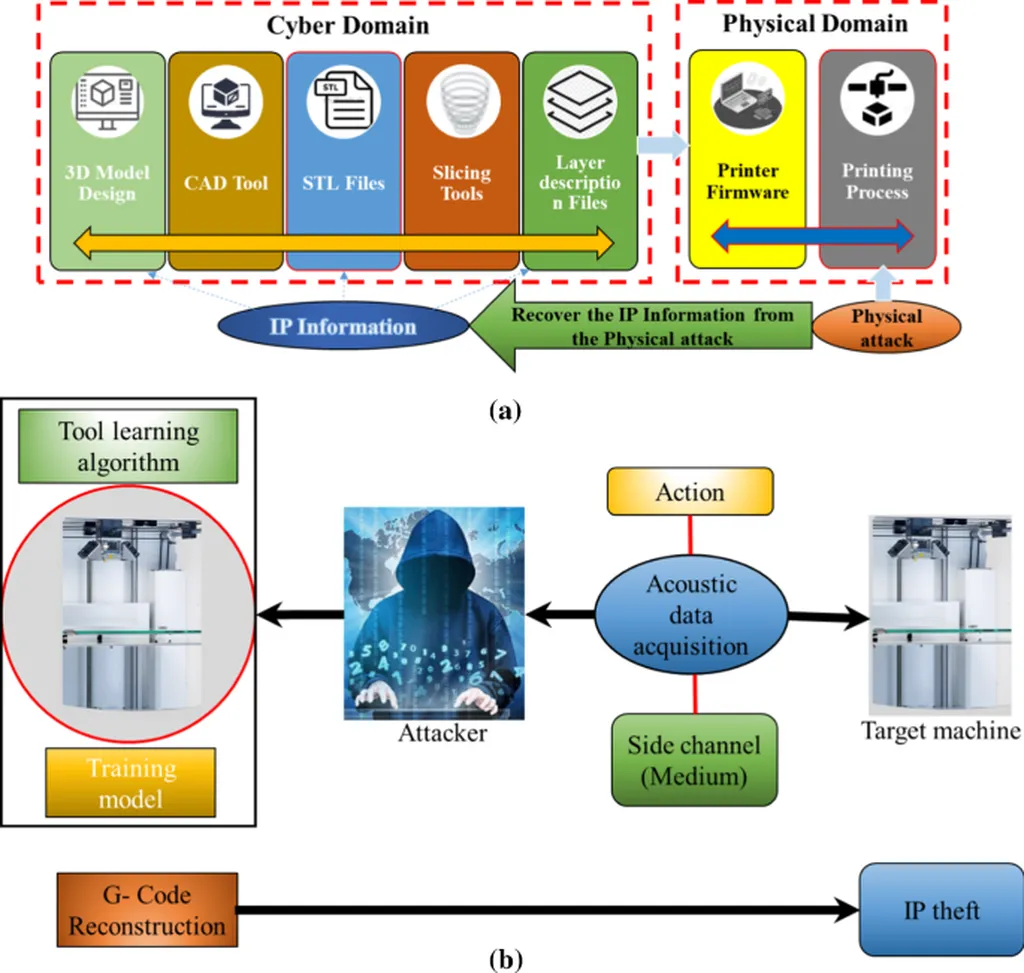In the rapidly evolving world of manufacturing, a groundbreaking study led by Zeqi Hu from the State Key Laboratory of Light Superalloys at Wuhan University of Technology is set to revolutionize quality control in metal additive manufacturing (AM). Published in the esteemed journal *Advanced Powder Materials* (which translates to *Advanced Powder Materials* in English), this research delves into the transformative potential of machine learning (ML) in ensuring the consistent quality and performance of metallic parts produced through AM.
Additive manufacturing, with its unparalleled design flexibility, has been a game-changer in various industries, including the energy sector. However, the variability inherent in the AM process often leads to defects, geometric inaccuracies, and suboptimal material properties. Traditional quality control methods have struggled to keep up with these challenges, primarily due to their limitations in modeling complex, high-dimensional nonlinear relationships and enabling adaptive control.
Enter machine learning. Hu and his team have explored how ML can model intricate process-structure-property relationships, leveraging the rich data environment of AM. “Machine learning offers a transformative approach to quality assurance in metal AM,” Hu explains. “It allows us to predict and understand the fundamental multi-physics fields that influence the quality of a fabricated component, such as temperature fields, fluid dynamics, and stress/strain evolution.”
The study highlights several key areas where ML-driven quality assurance can make a significant impact. These include defect detection and mitigation (such as porosity and cracks), geometric fidelity enhancement (like dimensional accuracy and surface roughness), and material property tailoring (including mechanical strength, fatigue life, and corrosion resistance).
One of the most compelling aspects of this research is the development of ML-driven real-time closed-loop control systems for intelligent quality assurance. These systems can adapt in real-time to the nuances of the AM process, ensuring consistent quality and performance. “This is a significant step forward,” Hu notes. “It’s about making the manufacturing process smarter, more efficient, and more reliable.”
The energy sector, in particular, stands to benefit greatly from these advancements. The production of high-quality, complex components is crucial for the development and maintenance of energy infrastructure. From turbines and compressors to heat exchangers and other critical components, the ability to ensure consistent quality and performance can lead to significant cost savings and improved operational efficiency.
However, the journey is not without its challenges. The study also discusses strategies for addressing data scarcity and cross-scenario transferability in metal AM. These are critical issues that need to be addressed to fully realize the potential of ML in this field.
Looking ahead, the research provides a novel perspective on the profound potential of ML technology for metal AM quality control applications. It highlights the challenges faced during research and outlines future development directions. As Hu puts it, “This is just the beginning. The possibilities are vast, and the potential is immense.”
In conclusion, this research is a significant step forward in the quest for consistent quality and performance in metal additive manufacturing. It offers a glimpse into a future where smart, adaptive manufacturing processes are the norm, and the energy sector stands to benefit greatly from these advancements. As we continue to explore and harness the power of machine learning, we can look forward to a future where the boundaries of what is possible in manufacturing are continually pushed and expanded.

